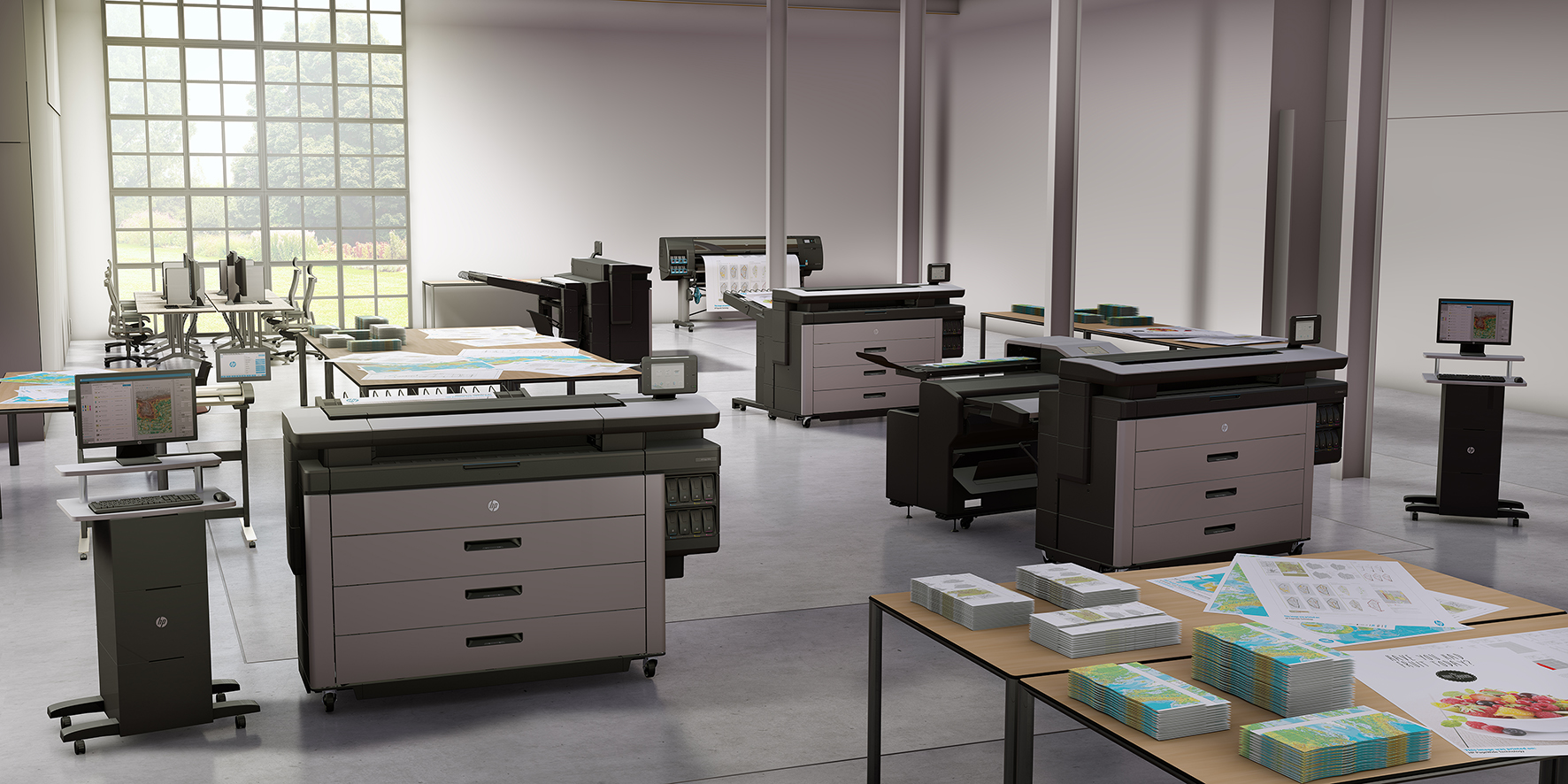If you are looking for a production 3D printer that can print in plastics such as PA12, PA11 and PA12 Glass Bead, the HP Multi Jet Fusion is likely the right fit for you.
If you are in an industry that is looking to use the following materials for 3D printing, then the HP Multi Jet Fusion would likely not be the right fit since currently HP’s technology will not print in these materials.
Sand
3D sand printers commonly use a binder jetting technology to produce accurate 3D print casting molds and cores from sand. This is typically used in foundries and there are a few options out there. ExOne is one such company worth checking out at www.exeone.com.
Ceramics
If you are looking to print in ceramics. This process either uses a sintering process to partially melt ceramic particles to create a finished ceramic part or lays down ceramic material that is later sintered. This technology is commonly utilized in pottery and dental industries to print molds. We see more entrants into this category at an affordable level – although often detail is not strength in these entry level printers.
Clear resins
Resins are one of the most common material to 3D print with and offer the unique ability to print clear parts with. Often this is an SLA (stereolithography) and utilized to print models where you want to see what is inside or need transparency for things such as a lens. Powder type materials don’t allow transparency at this point.
Metal
Industries that are looking to 3D print in stainless, bronze, steel, gold, nickel steel, aluminum and titanium would not want to look at the HP Multi Jet Fusion at this time. Metal 3D printing, like ceramics, require sintering of metal materials at a very high melting point. Metal 3D printing is used for prototypes, functional parts and by jewelers. HP will be entering the metal 3D print world in 2020.
Continuous Composite Fibers
If you are looking to reinforce your 3D part with continuous composite fibers like carbon fiber, kevlar, and fiberglass, HP does not offer this capability. You can check our Markforged 3D printers that offer parts with strengths similar to aluminum parts.
Cells
Bioprinting is an up and coming technology that prints with cells for the medical industry. Obviously this is a very advanced form of 3D printing and one leading is Envisontec who actually manufacturers a bio plotter.






